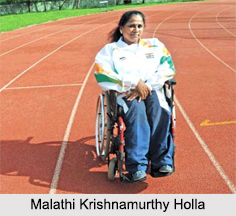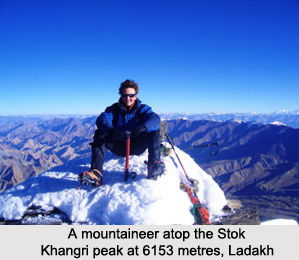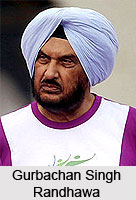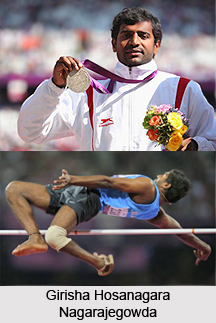Modern history of swimming actually begins from the time the game was introduced the Athens Olympics for the year 1896. For the first time Olympic outings the event was included in the male only competitions. By today`s standards these are shorter distances; 100 meter, 500 meter, and 1500 meter freestyle events with an additional 100 meter race "for sailors". Four years hence, in Paris Olympics, the 4000 meter freestyle was added, along with the 200 meter backstroke and a relay event. By the 1904 games in St. Louis, events featured the breaststroke, backstroke and freestyle, in which most competitors used one or another version of the crawl.
The 1912 games in Stockholm featured the freestyle race that were, for the first time, open to women, with a 100 meter freestyle event and 4 by 100 meter freestyle relay. In these very events, the Hawaiian, Duke Kahanamoku of surfing fame, won the men`s 100 meter freestyle event. Ten years later, Johnny Weissmuller, better known by many as Tarzan in the 1930`s and 40`s movies, entered the scene, winning 5 gold medals, and never losing a race in his swimming career. Up until World War II and following the war, the number of swimming events in the Olympic Games has steadily increased, records are constantly being broken, and different countries have shown supremacy at one time or another, including Germany, Australia, the United States, and China. A history of swimming milestone was achieved in the 1972 Munich Olympics when US swimmer Mark Spitz took home 7 gold medals. This record held for 36 years, until Michael Phelps took 8 gold medals in the 2008 Beijing Olympics.
Long distance swimming, though very popular, usually takes a back seat to the more exiting and shorter distance events such as are a part of the Olympics. When one think of long distance swimming, thoughts usually turn to the English Channel. There are bodies of water having greater distances than the Channel of course; in fact the Atlantic Ocean has been conquered, by a swimmer accompanied by two men in a row boat. Crossing the Atlantic in a rowboat is quite a feat in itself. Swimming the Channel though is difficult enough. It is actually not the distance that is relatively short for a long distance swimmer, but rather is the cold water and currents which the swimmer has to combat. Most who try the Channel don`t succeed, and some of those who have, went the full distance only after a number of tries. While men were first to successfully make the crossing, a woman was successful in 1926. The first American woman to successfully swim the Channel was Florence Chadwick. She accomplished the feat in 1950, and a year later swam the Channel in both directions.
Swimming has featured in many of the Hollywood and Bollywood movies as well. Some of the films like "Swimming Upstream", possibly the best of the lot. Cinema, from around the world, has made its unique contribution to the history of swimming however. Esther Williams, a famous actor, starred mainly in musicals in the 1950`s of Hollywood films, and swimming was always a part of the action. Williams was an extremely attractive woman, but you can only watch an extremely attractive woman swim for so long, and then you start hoping for a scene change. One thing the Esther William movies did however was- introduce that particular generation of movie-goers to synchronized swimming. When synchronized swimming became an Olympic event, most who witnessed it probably thought back to the Esther Williams` movies. Synchronized swimming probably got its start in 1907 when an Australian lady by the name of Annette Kellerman gave exhibitions of underwater ballet. Her swimsuit, a shocking creation which revealed arms and legs, resulted in her arrest in the United States, and she had to redesign her outfit. It was still tight fitting though, quite a novelty at the time.
Johnny Weissmuller was a speed swimmer who did not swim to romantic music. His specialty was the 100 meters swimming. In almost all the Tarzan cinemas where he starred, there was at least one scene featuring Weissmuller swimming madly across a lake or river, while crocodiles slid into the water from the muddy banks. He has always made it through and also made it in time to save Jane from something or other. Not everyone understood that the mandatory swimming scene featured one of the truly great athletes in the history of swimming.
By now one can certainly say that milestones in swimming have certainly been created infrequently from ancient times until 19th century. It was actually the Olympic Games that provided the required impetus behind many of the milestones that occurred over the 150 years or so, and it has been quite a fascinating 150 years, with many heroes - Weissmuller, Esther Williams, Mark Spitz, and others. And we should not forget another American lady to make a splash early in the 20th century, Helene Madison.



















